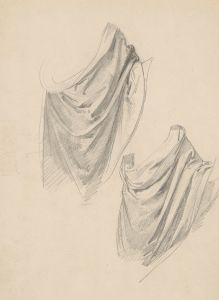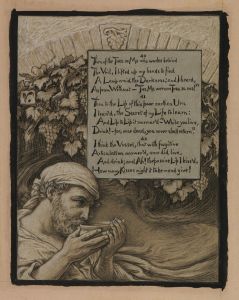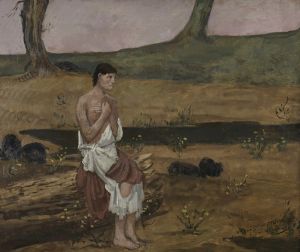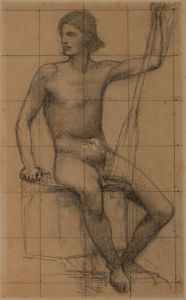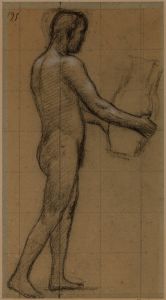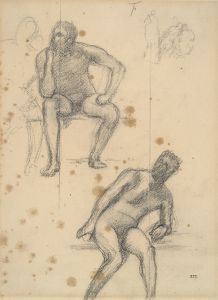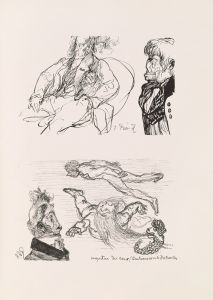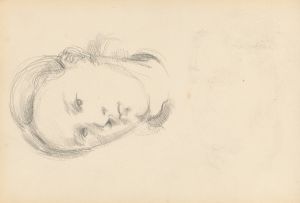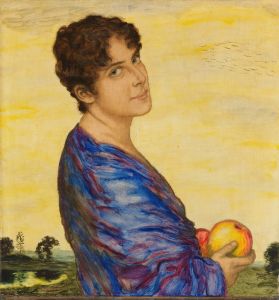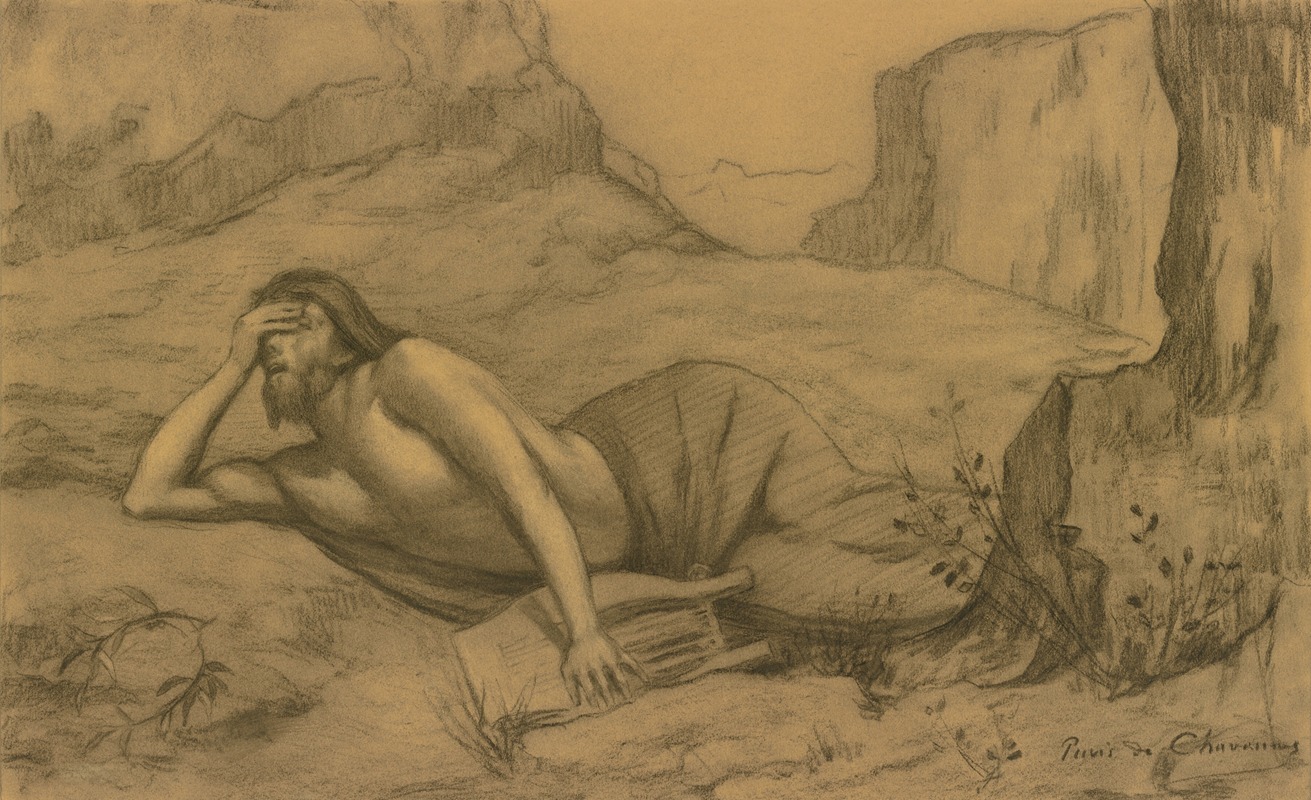
Orpheus
A hand-painted replica of Pierre Puvis de Chavannes’s masterpiece Orpheus, meticulously crafted by professional artists to capture the true essence of the original. Each piece is created with museum-quality canvas and rare mineral pigments, carefully painted by experienced artists with delicate brushstrokes and rich, layered colors to perfectly recreate the texture of the original artwork. Unlike machine-printed reproductions, this hand-painted version brings the painting to life, infused with the artist’s emotions and skill in every stroke. Whether for personal collection or home decoration, it instantly elevates the artistic atmosphere of any space.
Pierre Puvis de Chavannes, a prominent 19th-century French painter, created the artwork Orpheus in 1865. This painting is a significant example of Puvis de Chavannes' style, which is characterized by its subdued color palette, simplified forms, and a focus on allegorical and symbolic themes. Orpheus reflects the artist's interest in classical mythology and his ability to convey timeless, poetic narratives through his art.
The painting depicts Orpheus, the legendary musician and poet from Greek mythology, who is often associated with themes of love, loss, and the power of art. In this work, Orpheus is shown seated in a serene, pastoral landscape, playing his lyre. Surrounding him are a group of figures, including children and adults, who appear to be captivated by his music. The composition emphasizes harmony and tranquility, with the figures arranged in a balanced and rhythmic manner that complements the lyrical subject matter.
Puvis de Chavannes' approach to Orpheus reflects his broader artistic philosophy, which sought to create works that transcended specific historical or cultural contexts. By focusing on universal themes and employing a restrained, almost dreamlike aesthetic, he aimed to evoke a sense of timelessness and spiritual resonance. The muted tones and simplified forms in Orpheus contribute to this effect, creating an atmosphere that is both meditative and evocative.
The painting was well-received during Puvis de Chavannes' lifetime and contributed to his reputation as a leading figure in the Symbolist movement. While he is often associated with large-scale murals, such as those in the Panthéon in Paris, Orpheus demonstrates his ability to convey similar themes and emotions on a smaller scale. The work is now housed in the Musée d'Orsay in Paris, where it continues to be appreciated for its artistic and historical significance.
Orpheus exemplifies Puvis de Chavannes' unique contribution to 19th-century art, bridging the gap between traditional academic painting and the emerging modernist movements. Through its exploration of mythological themes and its innovative use of form and color, the painting remains an important example of his enduring influence on the development of modern art.






